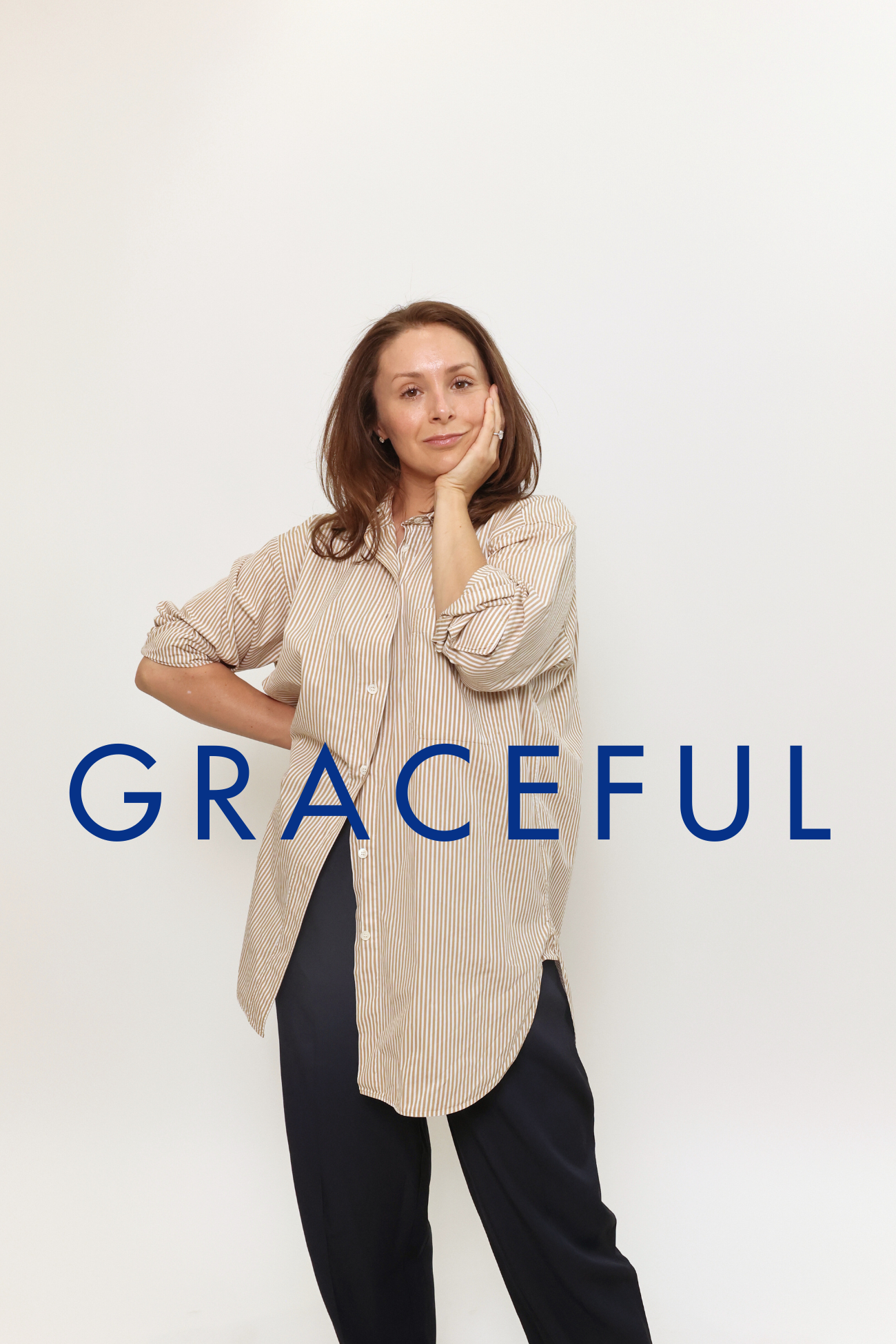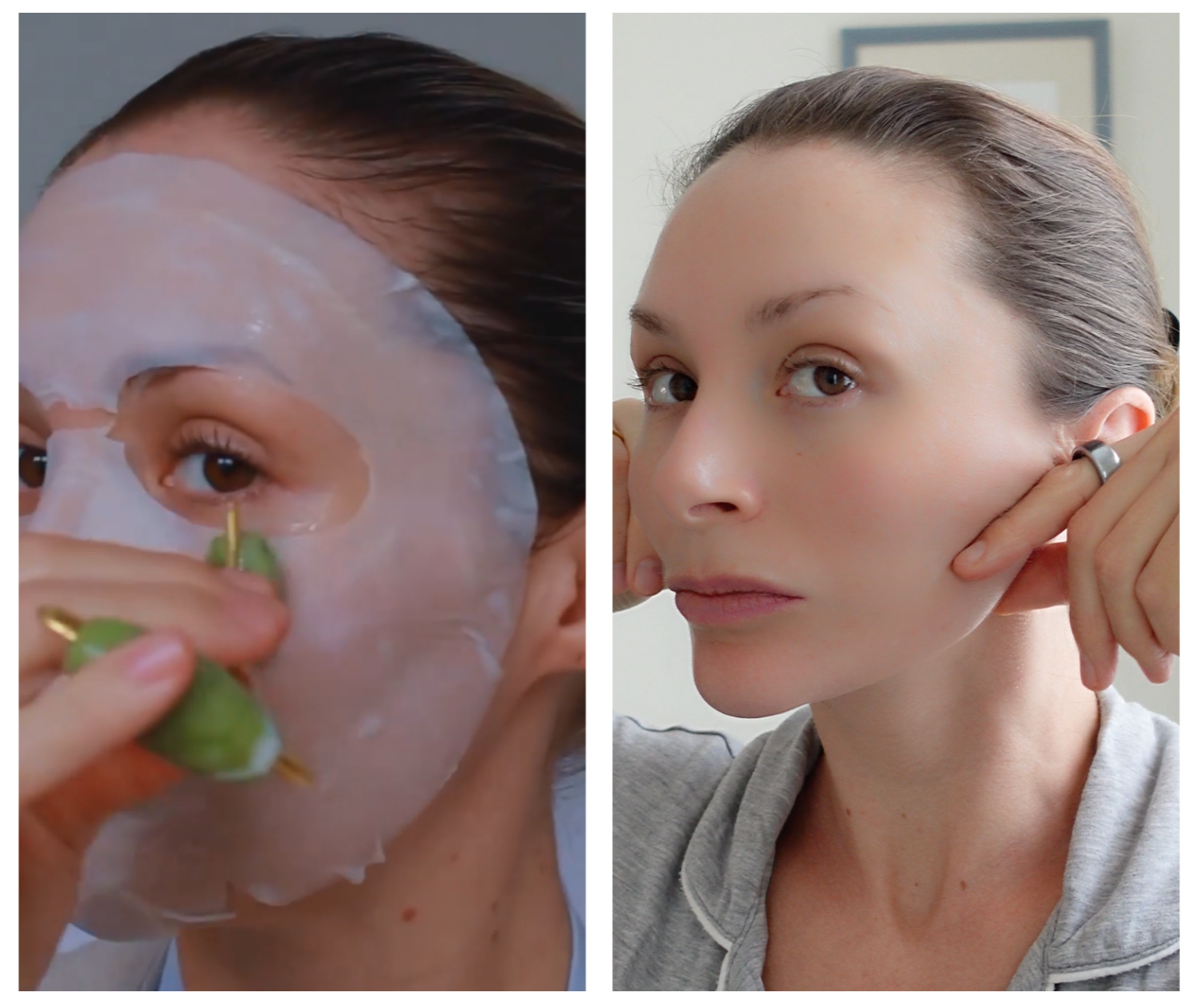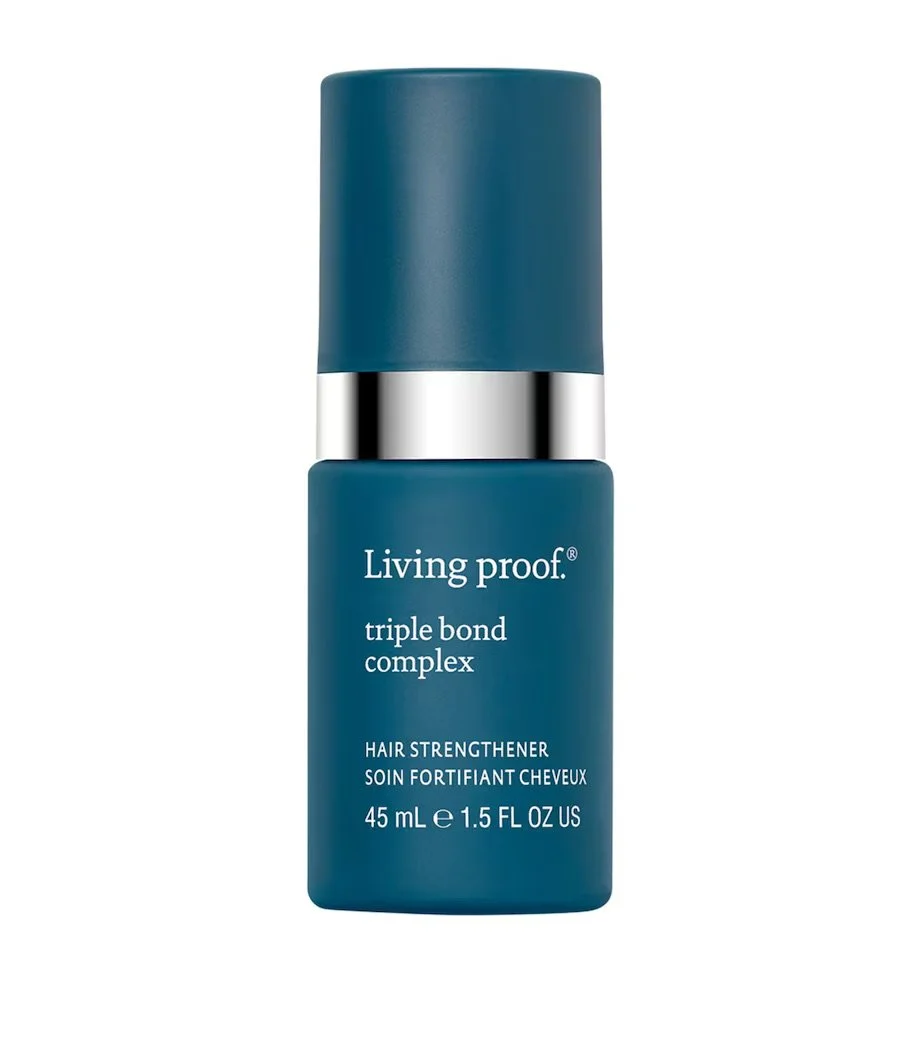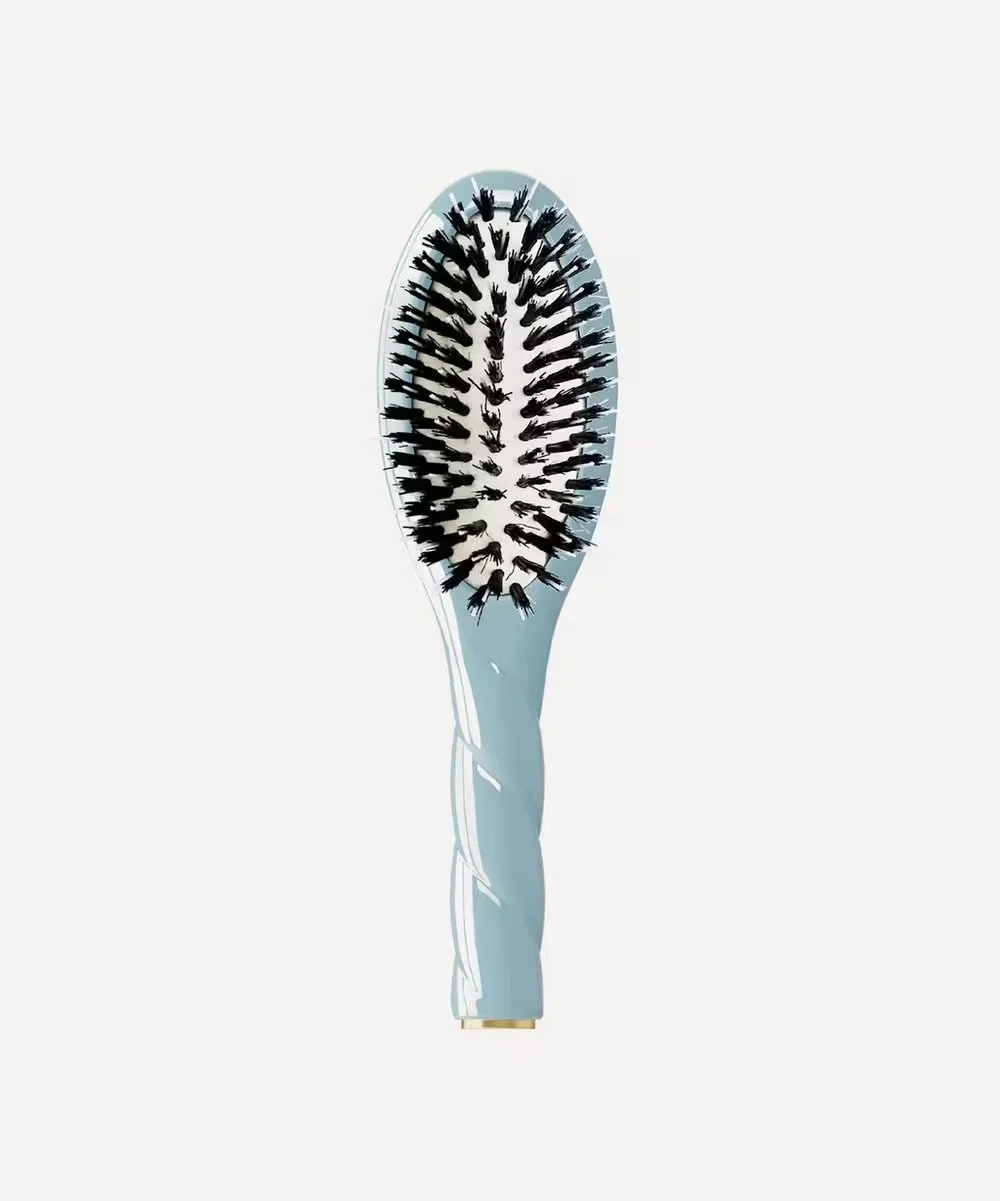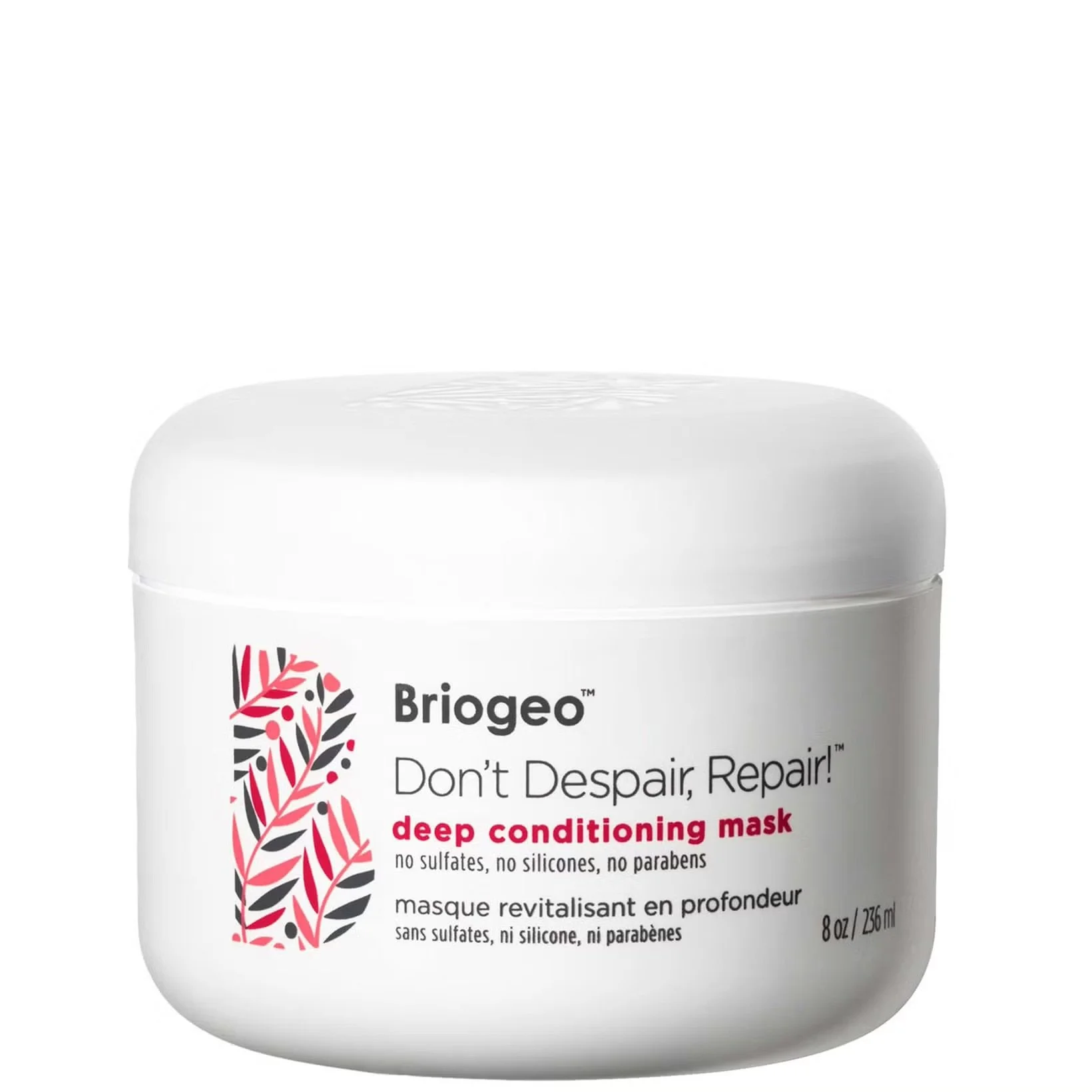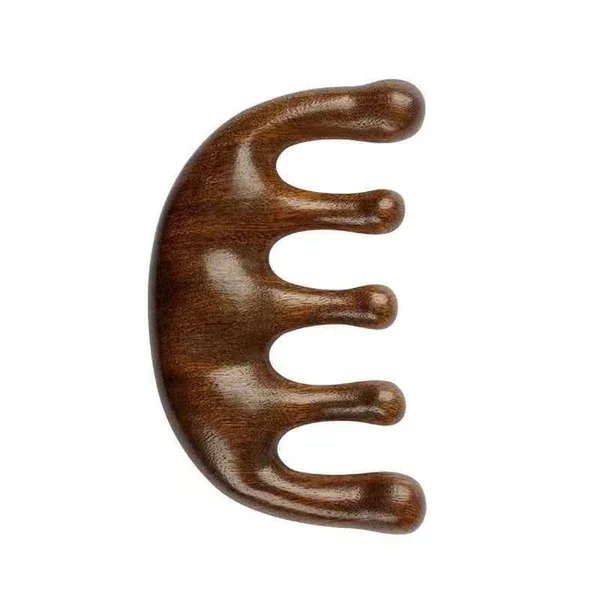Graceful #014 - Understanding Hair Health
Society has harsh expectations for both women and men when it comes to hair. Women are expected to have thick, shiny, luscious hair on their heads, but not anywhere else... Men are expected to keep their hair too, and chest hair may or may not be considered attractive; but not back hair (oh no).
A few male celebrities have convinced us that bald heads can be sexy, but society also says you need to have the body of Dwayne “The Rock” Johnson, or the gravelly tones and masculine facial features of Jason Statham. Fortunately, many conventional attitudes are finally starting to change, but with a third of women experiencing some form of hair loss in their lifetime; be that due to childbirth, stress, peri or menopause; it’s clear that hair still holds enormous emotional weight. Our strands are tied to our sense of vitality, femininity, and even identity—so when they begin to thin or shed, it can feel like more than just a cosmetic shift; it’s deeply confronting.
The conversation around hair health is finally broadening beyond vanity; which is ultimately refreshing but it still has a long way to go. Hair isn’t just something we style—it’s something that reflects what’s happening beneath the surface. Stress, nutrition, hormones, sleep, and even how we care for our scalp all play their part, making hair one of the most visible mirrors of our internal world. Hair, like skin, can improve with treatments and strategies both internally and externally. Let’s look at each.
Internal; Nourishment at the Root
The hair growth cycle is actually pretty fascinating. It has four main stages: anagen (growth), catagen (transition), telogen (resting), and exogen (shedding). On average, hair grows about half an inch a month during anagen. While you can’t really “speed up” the cycle, you can create conditions that help your hair thrive.
I’ve been on my own journey with postpartum hair loss.
2022 vs 2025
Hormonal changes are a big part of this. Postpartum shedding, perimenopause, or thyroid shifts can all push hair into the resting phase earlier than you’d like, making thinning more noticeable. Nutrient gaps can make it worse—iron, zinc, vitamin D, biotin, and protein are common areas to check, especially postpartum. Collagen supplements can also help, providing the amino acids your hair needs for strength and elasticity. I’ve been on a real journey with my scalp and hair since having children, and it’s definitely not been linear. While my hairline has thickened significantly, I still have some way to go before both my hair and scalp feel truly healthy. A few months ago, I noticed more hair than usual coming out in the shower. Blood tests showed my iron was on the lower end, and, if I’m honest, the stress of school holidays hadn’t been managed as well as it could have been. Thankfully, with the right supplementation (…and the kids back at school) things course-corrected surprisingly quickly.
When it comes to nutrition, it’s not just about ‘eat more protein and sleep well’ (though that helps). Each follicle is a tiny factory, sensitive to what’s going on inside your body. Paying attention to your nutrient levels, getting enough protein, supporting collagen, and keeping hormones balanced gives your hair the best chance to grow strong, healthy, and resilient—ready to respond to whatever care you give it on the outside.
Practical steps to optimise hair from the inside out:
Get your bloods checked – iron, vitamin D, zinc, and thyroid levels are key, especially postpartum, or during menopause.
Eat enough protein – include eggs, fish, beans, lentils, or lean meats to give follicles the building blocks they need. Supplementation is also an option, but majority should come from whole-foods.
Consider collagen supplements – may support hair elasticity and strength.
Mind micronutrients – biotin, omega‑3s, and other vitamins can make a subtle but meaningful difference. Look to diet (salmon, nuts and seeds like almonds & pumpkin seeds, chia seeds etc)
Support hormonal balance – work with your GP or a specialist if you notice a sharp increase in shedding or thinning
External; Scalp and Hair Rituals
Once your internal foundations are in place, attention naturally turns to the scalp—the soil from which hair grows. Healthy follicles rely on a balanced environment, and the scalp’s delicate microbiome plays a surprisingly big role. Everyday factors like product buildup, irritation, hard water, and sun exposure can all disturb that balance, which is why thoughtful scalp care is now considered both a wellness ritual and a beauty essential.
Scalp massage is one of the simplest yet most effective practices. A few minutes of gentle circular motion each day improves blood flow to the follicles, delivering nutrients and oxygen where they’re needed most. It also helps relax tense muscles and can reduce inflammation—factors that support stronger, healthier hair growth. Fingers, or scalp tools can both be impactful.
Pre-shampoo oiling, an ancient practice that has stood the test of time, nourishes both scalp and strands. Oils like coconut, argan, and jojoba penetrate the hair shaft to reduce breakage and add moisture, while also protecting against friction during washing. Rosemary oil has been shown to stimulate circulation, potentially supporting follicle health and encouraging hair to remain in its growth phase longer.
Even small adjustments to daily routines can make a difference. Using a softer brush reduces mechanical damage, alternating heat styling with deep-conditioning masks or using bond repair treatments protects the hair shaft, and avoiding harsh chemicals or over-washing helps maintain the scalp’s natural barrier and microbiome. All of these actions support hair strength and shine while preventing breakage, which can make the hair appear fuller and healthier.
Modern trends have turned some of these rituals into indulgent experiences. Head spas a niche category, granted, but (and we have TikTok to blame again, here) combine massage, gentle exfoliation, and nutrient-rich serums, creating a treatment that’s as enjoyable as it is effective. These sessions help remove buildup, stimulate circulation, and hydrate the scalp, which can make hair look thicker, smoother, and more vibrant. With the right products, tools, and a little time, much of this process can be recreated at home—but nothing quite compares to the feeling of an incredible head massage, or the way it can ease both tension and the emotional weight we often carry. It’s definitely on my list to try.
For those seeking more targeted, clinical interventions, LED hair growth devices use specific wavelengths of light to stimulate follicles and improve hair density (my guy Bryan Johnson has this in his own blueprint for hair loss), while in-clinic procedures like PRP therapy and microneedling with exosomes deliver growth factors directly to the scalp (Hannah is the queen in this department). These advanced approaches are costly, but for many, they impact people’s confident and quality of life hugely. Alone they’re not effective if they’re not being complemented by these daily rituals however; they’re enhancing what good nutrition, scalp care, and massage can do in many milder cases—but offer an evidence-backed boost for thinning or receding hair for those with other factors impacting their hair or scalp health.
Practical steps to optimise hair from the outside:
Scalp massage – 3–5 minutes daily with fingertips, scalp massaging tools or a soft-bristled brush boosts circulation and encourages follicle activity.
Pre-shampoo oiling – coconut, argan, or jojoba oil can nourish strands and protect them from breakage.
Try rosemary oil – a few drops massaged into the scalp may support follicle health and circulation.
Scalp exfoliation – gentle scrubs or clarifying treatments remove buildup that can block follicles.
Use protective styling and products – reduce heat styling, and use deep-conditioning or bond repair masks in your routine to counter it; always use heat protection.
LED/red light therapy – devices for home use can stimulate follicles and improve hair density over time.
Targeted Treatments – head spas and some aesthetic practitioners combine massage, exfoliation, and serums for a targeted scalp treatment.
Advanced clinical options – PRP therapy or microneedling with exosomes for more targeted results, though they are costly and require specialist consultation.
To Conclude:
Healthy hair isn’t about one miracle product—it’s about a combination of simple, consistent care inside and out. Giving your body the nutrients, protein, and hormonal support it needs, while also tending to the scalp with massage, nourishment, and occasional treatments, creates the conditions for stronger, shinier, more resilient hair. Growth can be slow and sometimes unpredictable, and it’s important to remember that some hair loss—like male or female pattern baldness—is largely genetic and in some cases may require further support from a medical specialist, where prescription offerings might be more impactful. Supplements or over the counter topical treatments can support hair health and growth, but they may not completely override hereditary thinning. Consulting a trichologist can help identify your type of hair loss and the best way to manage it as a first step.
Hair isn’t just about style—it reflects your overall health and daily habits. Simple, consistent care (& calling on expert support where needed) is the most effective way to keep it strong and healthy.
From My Desk This Week:
One product I’m loving: I’m on to my second tube of Saie Slip Tint and it is one of those products that has quietly earnt a permanent spot in my routine. It bridges skincare and makeup beautifully — hydrating enough to feel like a moisturiser (I’m on the drier side so I still layer moisturiser and SPF underneath) but with just enough tint to even skin tone and feel fresh enough to tackle the outside world. The finish is dewy but not slippery, it stays put all day, and still looks like your skin. On busy mornings it’s my one-and-done base: fresh, effortless, and always reliable. Highly recommend if you’re on team; less is more.
What I’m reading/listening to: I’ve been tuning into an amazing round-table discussion on women’s health while cooking dinner over the past few nights (here on Youtube or podcast Spotify). All four women in the discussion are experts from different medical fields, unpacking topics that often sit in the ‘taboo’ category regarding women’s’ health. One segment that really caught my attention was the deep dive on perimenopause, specifically the impact of declining oestrogen on everything from skin elasticity and sleep patterns to mood, sex and bone health. What struck me most was how much is not taught (let alone discussed openly) about this phase of life—the notion that ‘some changes just happen’ is leaving women so underprepared. The discussion helps normalise the fact that these changes affect many aspects of our lives and it feels like a much-needed conversation. I really enjoyed this format; it’s informative, encouraging, and hearing women speak in this way is so engaging—perfect background listening while I washed vegetables and stirred sauce! It’s chunky at over 3 hours (!), and is only Part 1 of 2; but I highly recommend a listen, even if it takes the best part of a week.
In the media: Have you heard of Medicube? Owned by a South Korean company - APR, their popular skincare device has been promoted by celebrities like Kylie Jenner and Hailey Bieber, and APR just become the country’s most valuable cosmetics group, with shares up 400% in 2024 to US$6 billion valuation! It’s a great reminder of how influential celebrity endorsement can be for beauty —and Kardashian star power still carries huge weight. That said, it’s always worth remembering that these celebrities commit to their skincare and beauty treatments like its an olympic sport, so the results they show aren’t obviously solely from this one device. Technology can be exciting and fun to explore with some incremental results; but as we spoke about last week, the real foundation for healthy skin is consistent & nourishing routines, complementary treatments and realistic expectations.
Small shift to try this week: Add a 5-minute scalp massage in light of today’s issue, even just once this week. Perhaps just a few minutes, morning or evening; it can do wonders for circulation and overall scalp and hair health. I try to do this daily (when I remember), but I get especially intentional about it on Sundays. I call Sunday evenings my ‘parasympathetic time’ — my time to slow down, reset, and really care for myself. This is when I indulge in my full suite of vanity rituals: long showers, exfoliating, shaving, dry brushing, hair treatments, eyebrow tints—you name it. A scalp massage is the perfect start (or finish) to this routine, helping me wind down while also giving my follicles a little love. It’s a small moment in the scheme of things, but one that feels very restorative both physically and mentally, and it sets the tone for the week ahead.
As always, I hope this helps us all navigate some popularised topics around ageing with intention and ease. I’d love to hear your questions or any topics you’d like me to break down in future newsletters, just reply to this email.
With grace,
Charlie x
PS: Please forward this email on to anyone you think might find it insightful. They can sign up here, and read past issues here.
